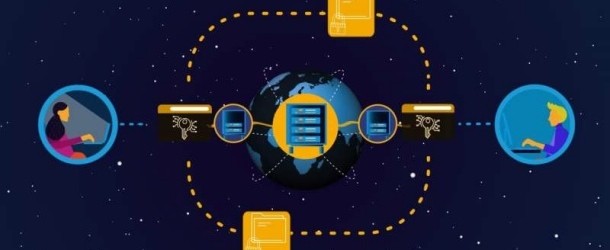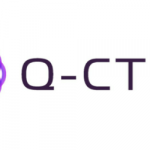Untappable Communication Becomes Practical with New System in Future Quantum Internet

(Phys.org) Engineers from QuTech (a collaboration between TU Delft and TNO) can provide untappable communication that is cost-scaling to many users by using measurement-device independent (MDI) quantum key distribution (QKD). A notable side-feature is that, courtesy of Cisco, conventional internet operaltes in parallel, on the same optical fiber from Dutch telecom provider KPN. MDI-QKD is an important step towards an accessible quantum internet.
Joshua Slater, team lead of the MDI-QKD project: “Important conventional cryptographic methods rely on, for example, a public and a private key. These two keys are essentially two large numbers that belong together. Their security is based on the fact that the private key is difficult and slow to calculate with knowledge of only the public key. Unfortunately, with the introduction of very powerful computers (such as quantum computers), calculating the private key becomes trivially easy and then encryption can become insecure.”
“Unfortunately, current commercially available QKD systems are difficult to scale in a network,” Slater explained. “To solve all these problems, we’ve built a measurement-device independent (MDI) QKD system, in which multiple users can be connected via a central node that operates like a typical telephone switch board operator. Importantly, the central node does not need to be trusted. The entire system is designed such that hacking attacks against the central node cannot break the security of the protocol.”
“A significant achievement that we’re demonstrating here for the first time, is that our quantum signals are transmitted over the same fiber as conventional internet traffic,” said Slater. “Using standard equipment that Cisco supplied and configured with us, we established two multiplexed internet networks between the locations over the same optical fibers. The existence of these two networks do not impact the performance of our quantum system. Essentially, we’ve shown how our systems can coexist, in parallel”



















